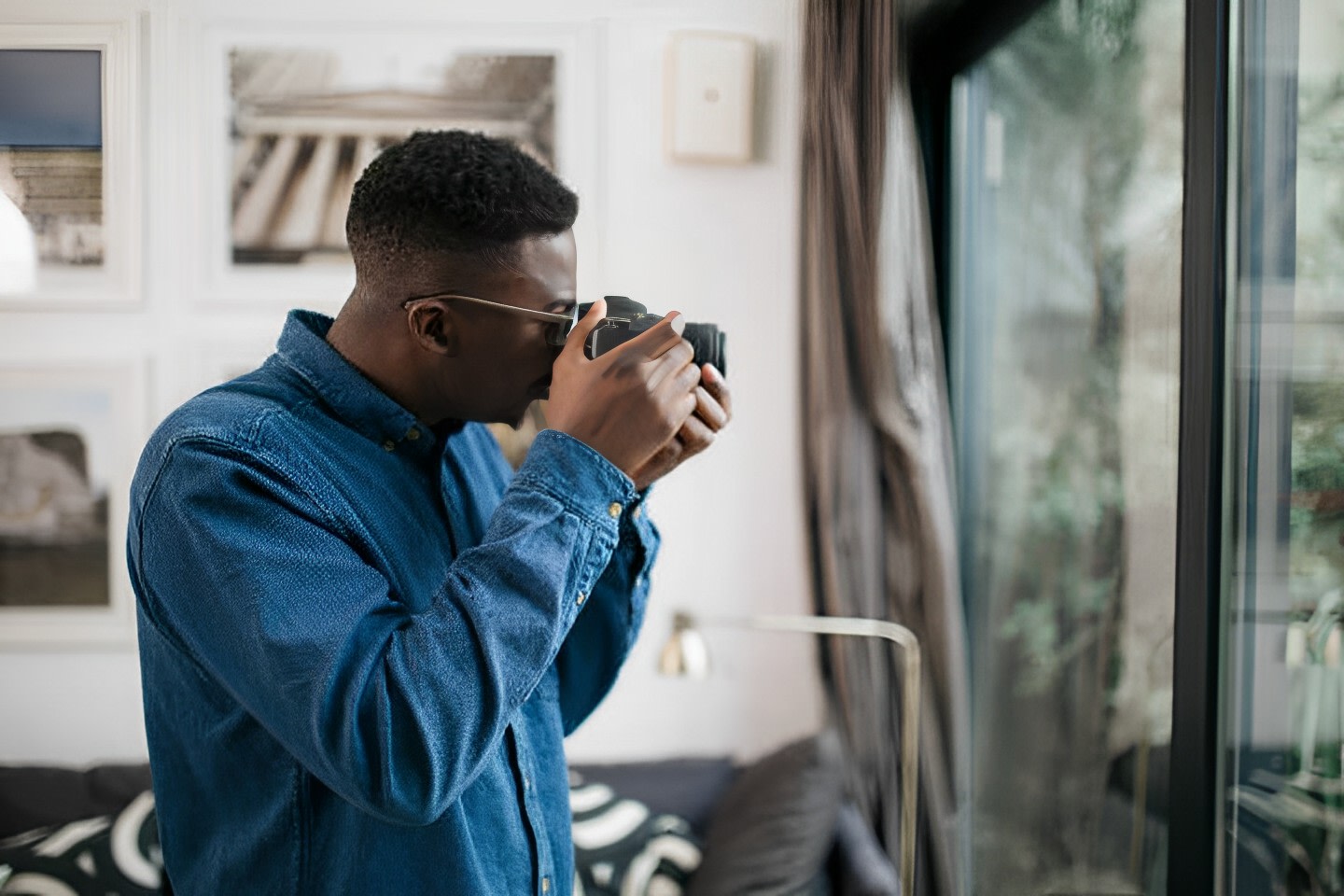
How Real Estate Photography Makes Million-Dollar Sales
In the world of real estate, first impressions matter profoundly, and in an era where homebuyers begin their property search online, the visual allure of a listing plays a pivotal role in capturing their interest. This is where the art of real estate photography comes into play. Exceptional real estate photography can make the difference between a potential buyer scrolling past your listing or stopping in their tracks to explore further.
The Impact of Quality Real Estate Photography:
Quality real estate photography is more than just snapping a few pictures of a property; it’s about showcasing the lifestyle and potential a home offers. Here’s how it can make a difference:
- Capturing the Essence: A skilled real estate photographer has an eye for capturing the unique character and charm of a property. Through careful framing, lighting, and composition, they can highlight the best features of a home.
- Creating Emotional Connections: Great photos can evoke emotions in potential buyers. A well-composed image of a cozy living room with warm lighting can make viewers envision themselves relaxing there, creating a connection that mere descriptions can’t achieve.
- Generating Interest: Stunning images grab attention and generate interest. In the sea of online listings, a home with striking photos stands out and gets more clicks, increasing the chances of inquiries and showings.
Tips for Effective Real Estate Photography:
- Lighting is Key: Proper lighting is perhaps the most critical aspect of real estate photography. Natural light is often preferred, and photographers may schedule shoots during optimal daylight hours to showcase a property in its best light.
- Wide Angle Lenses: Wide-angle lenses can capture more of a room in a single shot, making spaces appear more spacious and inviting.
- Staging: Staging a home before photography can make a significant difference. A well-staged room helps potential buyers visualize the possibilities and creates a more attractive image.
- Composition and Framing: Photographers pay attention to composition, ensuring that lines are straight, and key elements like countertops, fixtures, and architectural details are prominently featured.
- Post-Processing: Professional photo editing can enhance colors, correct lighting issues, and even remove minor imperfections. However, it’s essential to maintain a balance, as overly edited photos can mislead buyers.
The Role of Technology:
Advancements in technology have also transformed real estate photography. Drones, for instance, allow for stunning aerial shots, giving potential buyers a unique perspective of a property’s location and surroundings. Additionally, 3D virtual tours and augmented reality have become valuable tools in the real estate industry, enabling buyers to explore homes remotely.
In conclusion, real estate photography is an art form that plays a critical role in marketing properties effectively. When done skillfully, it has the power to draw in potential buyers, create emotional connections, and ultimately contribute to successful sales. For both sellers and real estate agents, investing in professional photography is an investment in the presentation and sale of a property that should not be underestimated.






